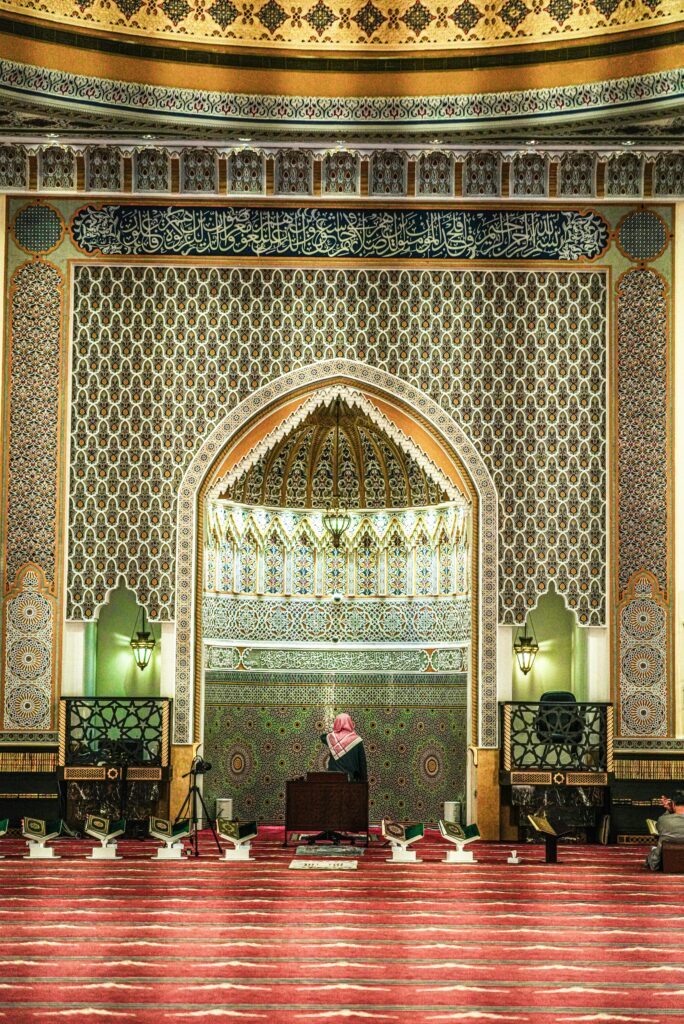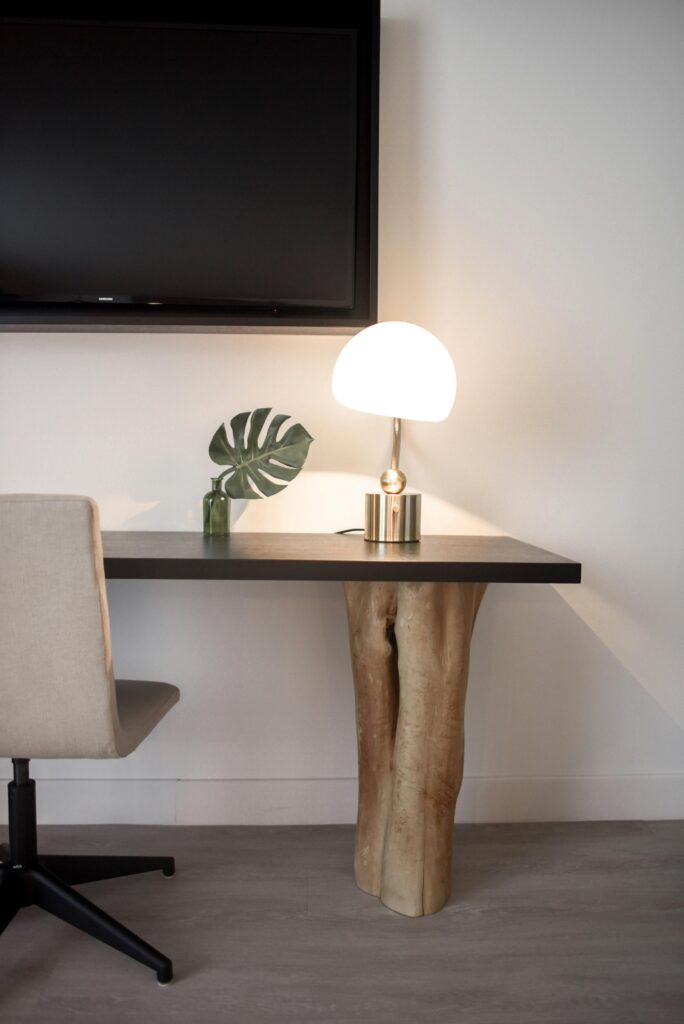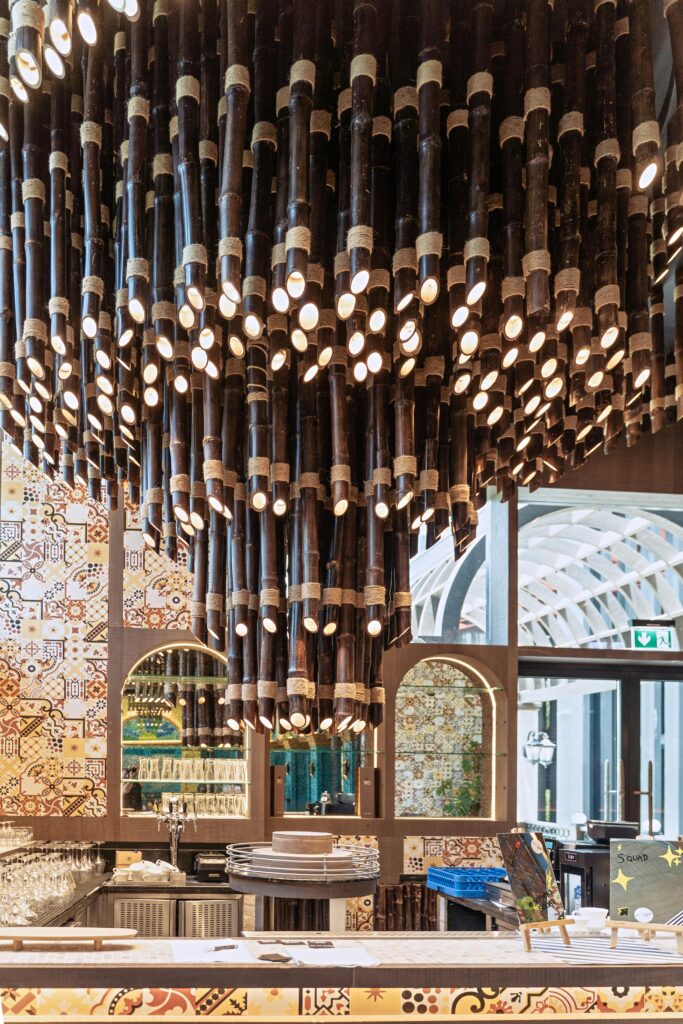Dubai’s apartment living scene is undergoing a dramatic transformation that goes far beyond adding marble countertops and gold fixtures. While many developers focus on surface-level luxury, sophisticated city dwellers are discovering that true premium living requires a deeper understanding of urban residential design psychology. The difference between a expensive apartment and a genuinely luxurious home lies in how space, light, and lifestyle integration work together to create environments that enhance daily life rather than simply impress visitors.
The challenge facing discerning residents in 2026 is navigating a market flooded with cookie-cutter “luxury” options that prioritize flashy elements over functional elegance. This guide reveals how elite urban development design specialists are revolutionizing mid-rise and high-rise apartment living through innovative approaches that balance aesthetic sophistication with practical livability, creating spaces that truly deserve the premium they command.
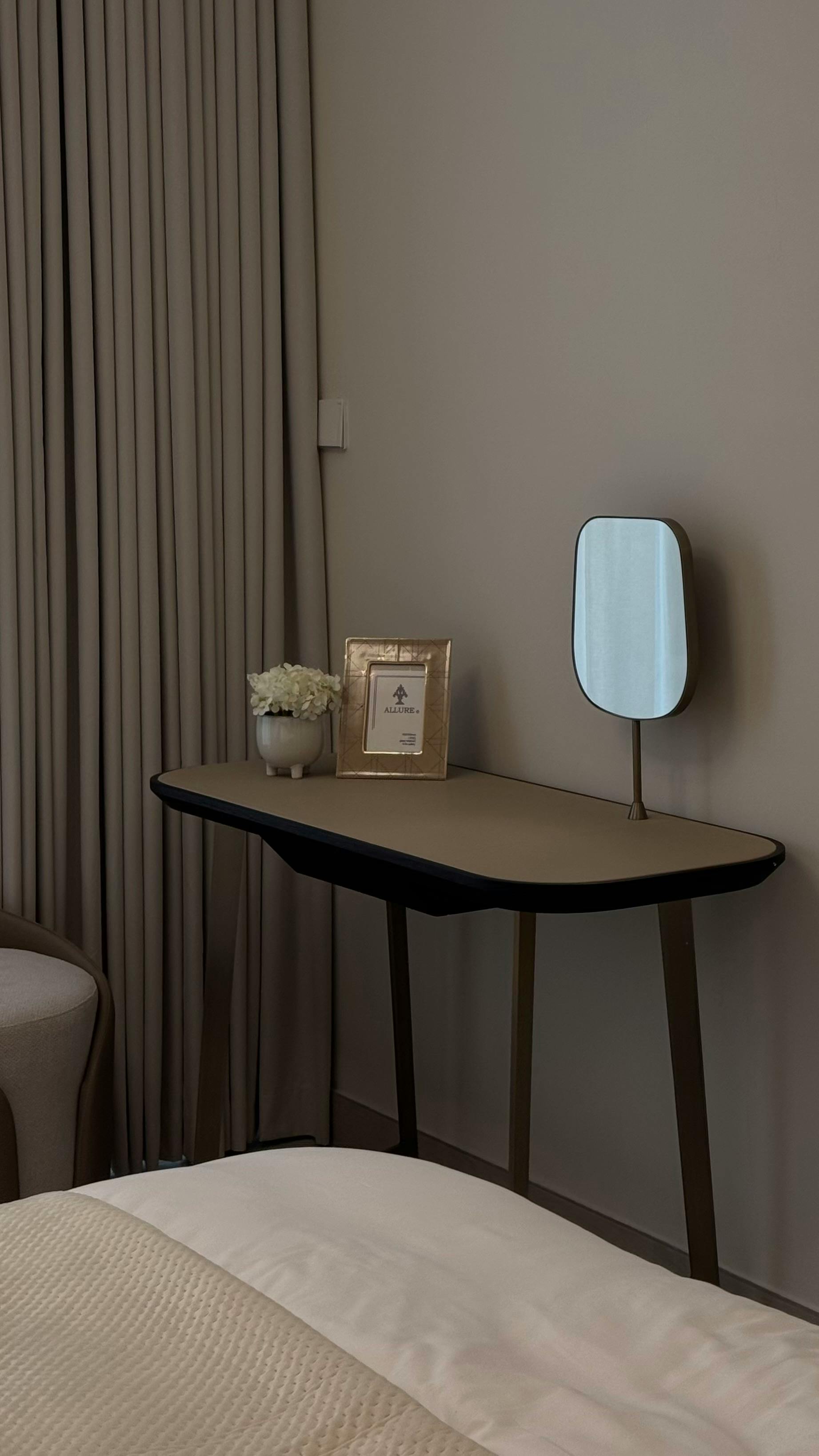
This Photo was taken by artofxx.
The evolution of premium apartment living in Dubai’s vertical landscape
Dubai’s residential tower boom has created unprecedented opportunities for sophisticated interior design, but it has also revealed the limitations of traditional luxury approaches. According to recent market analysis, 73% of high-end apartment buyers in Dubai now prioritize spatial functionality over superficial luxury elements, marking a significant shift from previous decades.
Elite urban development design specialists recognize that successful apartment interiors must address the unique challenges of vertical living. Unlike luxury villa designs that can expand horizontally, apartment spaces require vertical thinking and multi-functional solutions that maximize every square meter without compromising elegance.
The most successful apartment transformations in 2025 have demonstrated that premium living is achieved through intelligent space planning rather than expensive materials alone. This approach considers how residents actually move through and use their spaces throughout different times of day and seasons, creating environments that adapt to diverse lifestyle needs.
| Design Element | Traditional Approach | 2026 Premium Standard | Resident Satisfaction Impact |
|---|---|---|---|
| Lighting Design | Statement chandeliers | Circadian rhythm systems | +47% wellness improvement |
| Storage Solutions | Walk-in closets only | Integrated smart storage | +62% space efficiency |
| Kitchen Integration | Separate formal spaces | Social cooking environments | +38% daily usage |
| Outdoor Connection | Balcony furniture | Indoor-outdoor flow design | +55% perceived space |
Mid-rise luxury: creating intimate sophistication in human-scale towers
Mid-rise residential buildings, typically ranging from 8 to 20 floors, offer unique advantages for premium interior design that many residents overlook. These developments provide the perfect balance between urban convenience and residential intimacy, allowing for design approaches that would be impossible in mega-towers.
The key to exceptional mid-rise apartment design lies in leveraging the human-scale proportions of these buildings. Residents often have better access to natural light from multiple directions, more manageable noise levels, and greater connection to street-level energy. Elite designers capitalize on these advantages by creating interiors that feel more like elevated private residences than traditional apartments.
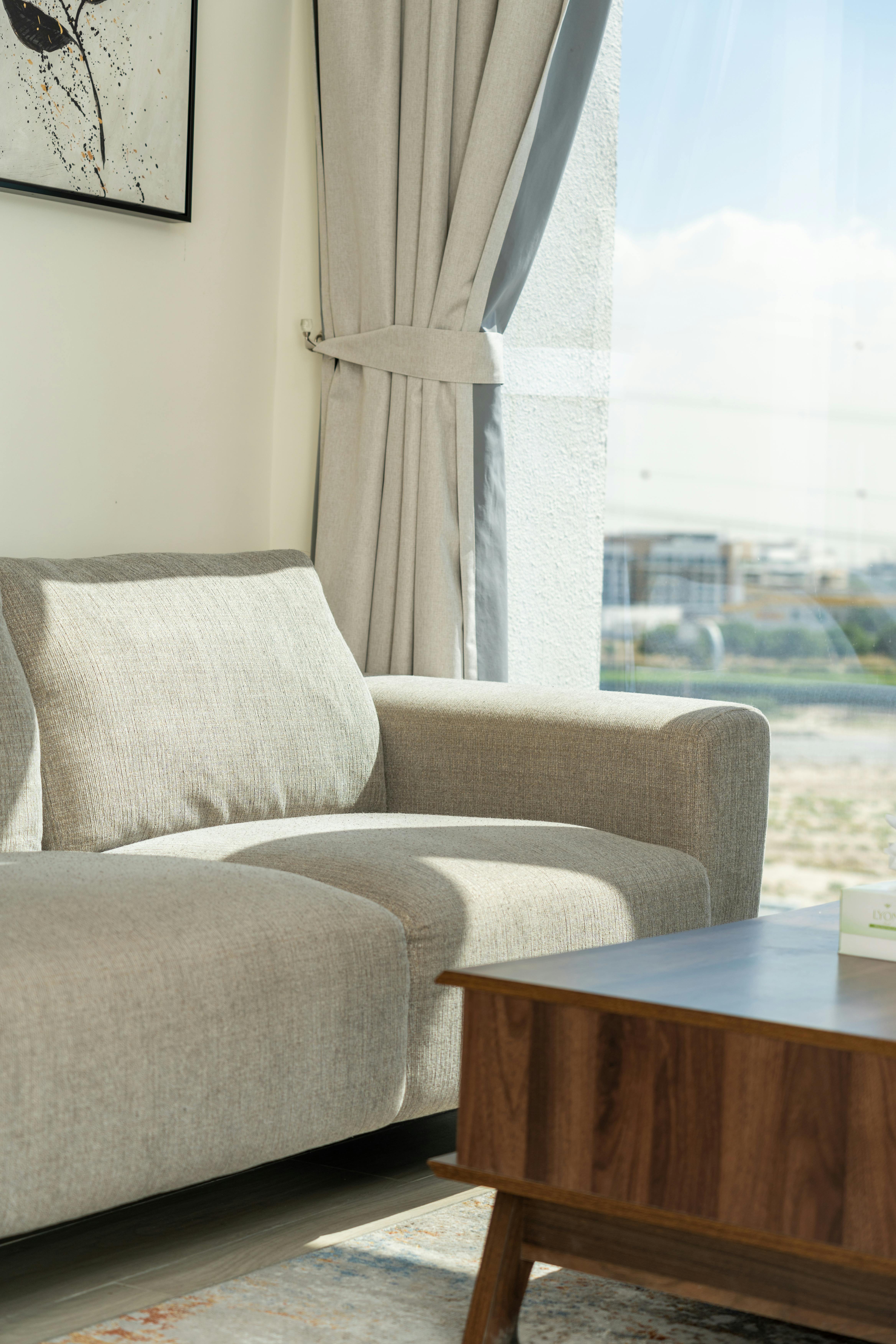
This Photo was taken by AJ Ahamad.
Successful mid-rise apartment transformations often incorporate elements typically found in penthouse developments, but adapted to work within more modest ceiling heights and floor plates. This might include custom millwork that creates the illusion of architectural details, strategic mirror placement that amplifies natural light, and furniture selection that maintains human-scale comfort while maximizing visual impact.
Research from the Dubai Real Estate Institute shows that well-designed mid-rise apartments retain their value 23% better than comparable high-rise units, largely due to their balanced approach to luxury and livability. The most successful projects incorporate shared amenity spaces that extend the living experience beyond individual units, creating a sense of community that larger towers often struggle to achieve.
Maximizing natural light and cross-ventilation advantages
Mid-rise buildings typically offer superior opportunities for natural lighting and air circulation compared to their high-rise counterparts. Smart interior design takes full advantage of these benefits by removing unnecessary walls, incorporating light-colored surfaces that reflect illumination deeper into spaces, and creating sight lines that draw the eye toward windows and outdoor views.
Contemporary mid-rise apartment design increasingly incorporates principles borrowed from biophilic design, recognizing that connection to natural elements significantly enhances residential satisfaction. This might include living walls on balconies, natural material selections that echo outdoor environments, and window treatments that frame views while controlling Dubai’s intense sunlight.
High-rise innovation: vertical luxury redefined for sky-high living
Dubai’s iconic high-rise towers present both extraordinary opportunities and unique design challenges for premium apartment interiors. Above the 30th floor, apartments enter a different realm entirely, where wind patterns, light quality, and psychological factors require specialized design approaches that few interior designers truly understand.
The most successful high-rise apartment transformations acknowledge that living at significant heights affects human psychology and daily routines in measurable ways. According to environmental psychology studies conducted in Dubai’s tallest residential towers, residents above 40 floors report 34% higher stress levels when their interiors don’t adequately address the unique challenges of extreme vertical living.
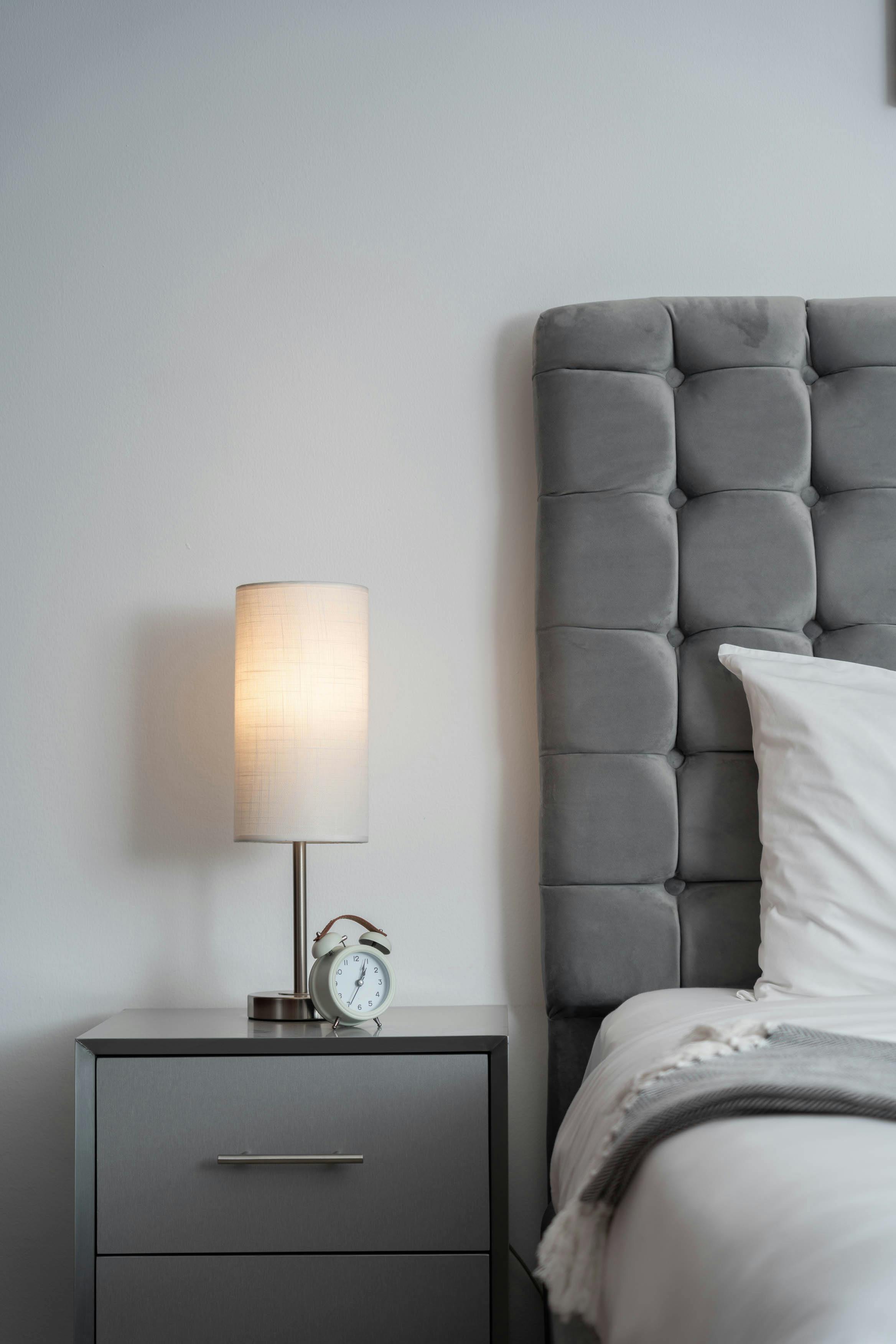
This Photo was taken by AJ Ahamad.
Elite urban development design specialists working on high-rise apartments focus heavily on creating grounding elements that psychologically anchor residents despite their physical elevation. This involves incorporating heavier materials like natural stone, designing intimate seating areas that provide respite from expansive views, and establishing daily ritual spaces that maintain connection to human-scale activities.
The integration of smart home technology becomes particularly crucial in high-rise environments, where environmental controls must manage more extreme conditions. Advanced climate systems, automated window treatments, and integrated sound management become essential rather than luxury additions, similar to the sophisticated systems found in premium hospitality environments.
Managing panoramic views without overwhelming interiors
While spectacular views are often the primary selling point of high-rise apartments, managing their visual impact requires sophisticated design strategies. Uncontrolled panor
